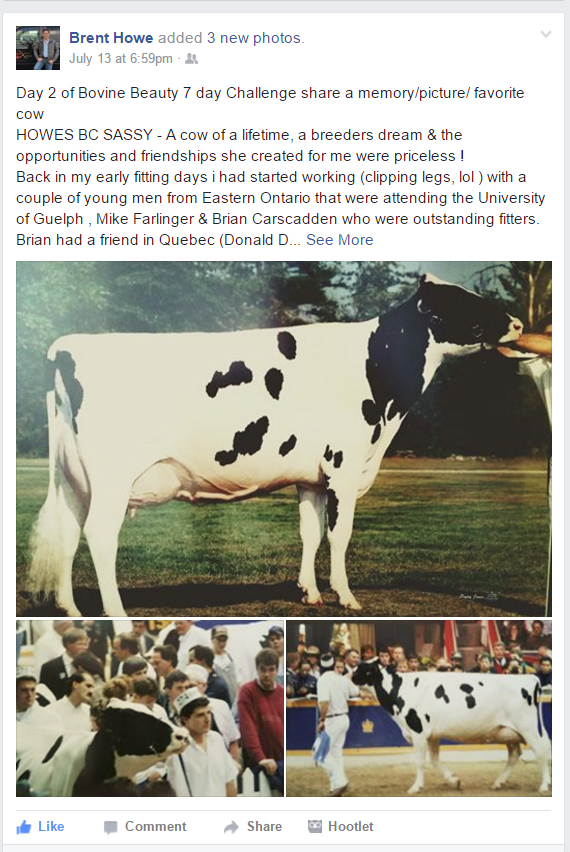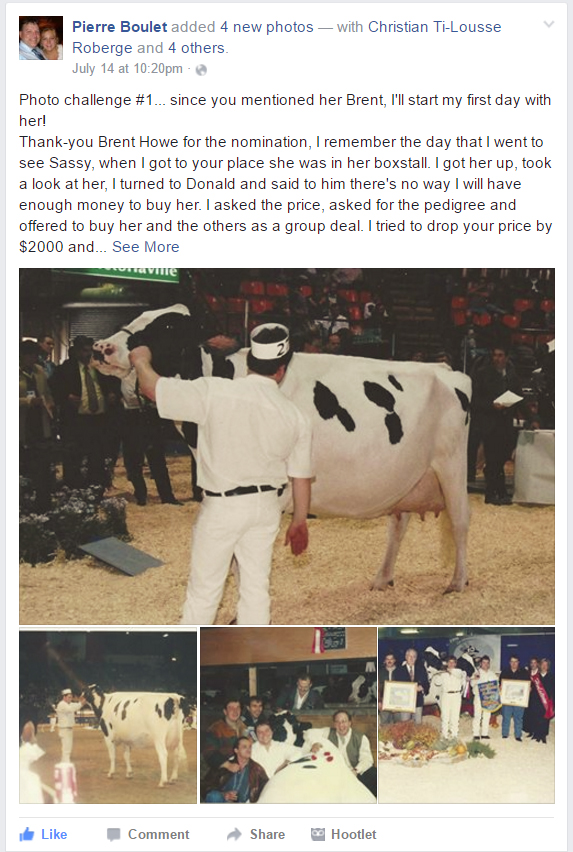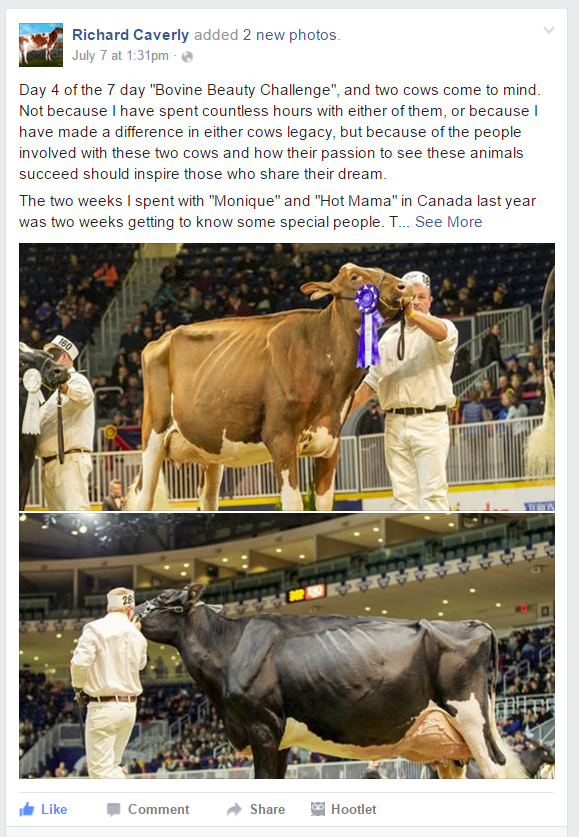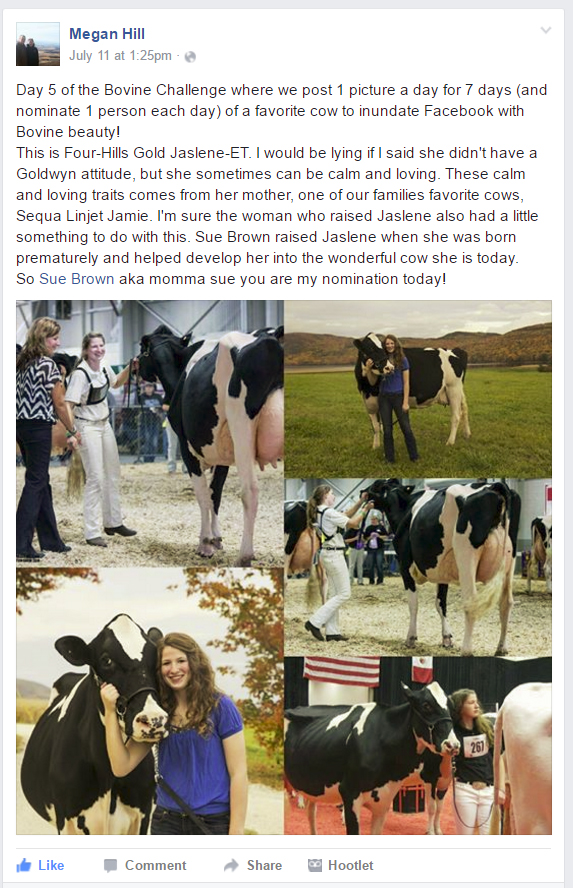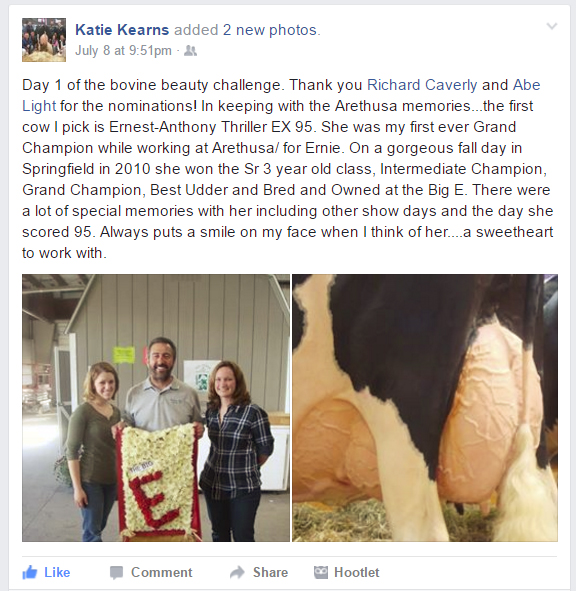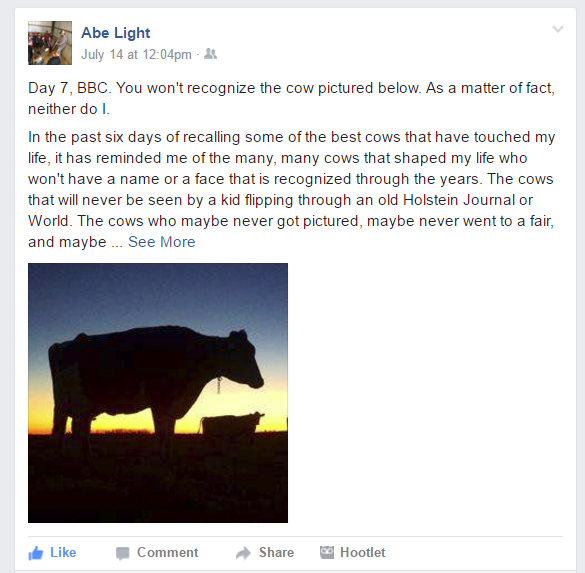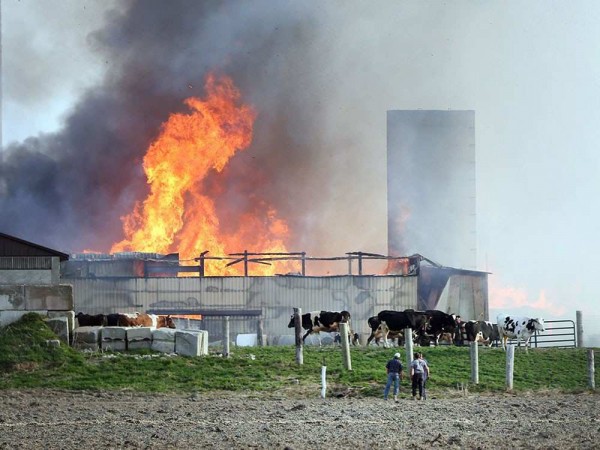We all want to pay our bills. After all, most people don’t get a great feeling watching debts accumulate. But things happen unexpectedly and, suddenly, you can’t make payments for everything on time. Although you need to correct things quickly, making an ill-considered decision may mean wasted speed and wasted money!
When milk prices decline, the quickest response is to immediately cut an expense!
Most often, somebody else’s bill becomes the first target: vet; nutritionist; feed supplier. What may be overlooked in this quick decision, are the positive ways these providers and consultants can contribute with solutions for the tight cash flow problem. It is short sighted to think that changing nutrition or health from monitored and managed to least cost or elimination will be the best decision. It is in everyone’s interest to work together to make the dairy profitable.
“My Business is the First Priority.”
Take note the important word is “business” not “bottom line.” Although the two may seem inseparable, a well-run, well-planned dairy business always comes ahead of dollar based decisions only. Focusing on how you run the dairy will absolutely pay off to the bottom line. Focusing on the bottom line could mean a savings today that is irreparably costly tomorrow. If you choose to cut something out of the chain, you may also be cutting profits due to losses from sick or dying animals and the resulting lost production and expensive solutions.
Everyone in the barn lane …. better be prepared!
This is not to say, that everyone in the dairy lane should be kept on your team. You want your cows to produce. Your consultants and suppliers should contribute to that goal too. Let’s look at bills from both sides now:
The Nutrition Bill:
Engage a nutrition company that is willing to work with you not simply there to sell you product. Make sure the nutrition company has a proven track record with dairies your size. The biggest is not always the one interested in solving your problems. Find a nutrition company who has a person willing to check every cow – in the pen – from input to output, including manure. You want to be presented with choices that have actual measurable outcomes, beyond the quick, “our price is lower!” answer.
The Vet Bill:
On the one hand, if the bill hasn’t changed much it may seem to be the easiest to complain about and then the easiest not to pay!
On the other hand, if the vet bill is actually higher than it’s been before, finding the reason is crucial, or you could be throwing the baby out with the bathwater. It’s one thing if a business is solving its own cash flow crisis by charging higher rates, but if there are rising health issues or ongoing medication or medical emergencies, these need to be identified with both action and financial planning. Sometimes it’s a talk about brand versus generic medicines. Perhaps it’s as simple as reducing the age at first calving. An example recently cited a dairy farm where age at first calving was 28 months. The suggestion given by the vet was that lowering that number to 23 months would pay the vet bill for an entire year. What can you do better?
Are you Saving Money to Lose Money?
Perhaps you haven’t cut out the expertise on your team, maybe you have inserted your own. When saving money, sometimes it seems that I did it myself is a good solution. Some dairies mix own detergents, teat tip, pipeline cleaner. Great! If it works! However, if the SCC raises the dominoes mentioned earlier start falling: SCC rises and you don’t get premiums
Don’t Get Caught up in the least Cost Solutions
Don’t get caught up in finding least cost solutions: whether they are yours or someone else’s. You decide to make little changes … cut back a couple of steps in corn growing schedule … less yield. Lower quality corn silage …. Once again the dominoes start falling as a monetary cut back in the spring could cause significant financial losses during the winter.
What Effect is Loyalty Having on Your Bottom Line?
Every dairy farm has loyalties. Those include a best friend, twenty years or more of service, a hunting buddy or a next door neighbor. These can all be rewarding but let’s look through the lens of business. It all comes down to cash flow and the bottom line. Goods and services are on the expense side of the ledger, and every manager must determine if loyalty is maximizing or draining this return over cost.
A sound financial plan will identify both sides of this relationship: “whom do you need the most?” and “Who needs you the most?” Write each supplier line down and assign a priority: labor, vet, nutritionist, feed supplier, equipment supplier. Which ones are first and last on the list of improvements you a targeting to improve your bottom line. Do you have every latest product line or piece of equipment from the supplier you’re loyal to? What does it cost you? Is there a way to balance what you are buying with the effect it has on making you more efficient or productive? When was the last time that a consultant suggested modifying or cutting back to get through a downturn? Again… these must be measurable results, not just heartfelt feelings.
Whom are you Going to Cull? Do you keep Unproductive Cows Too?
It is perhaps easier to cull people sending bills to your inbox than it is to cull cows in the milking line. However, both are an important part of your cash flow (story). Herd turnover and the milk quality produced not only affects the price received for the milk you send out, it financially impacts every step from calf to the milking line. How much money are you spending on raising calves that will never produce? Consider all your options from breeding programs and sexed semen to setting up defined culling strategies. Put your money where the milk is long before the animal is in the milking line.
All cows are not created equally profitable! All numbers are not created equal.
Don’t live or die, meaning kill your business, by blinding maintaining some magic number of total cows on your farm. Are you keeping everything to maintain a number that you consider ideal? A pen of sick or low producing animals is costly. Not only because of the effect on the net return over feed per day but also because of the potential for sharing their diseases. Furthermore, the time and attention and FEED took away from better-producing animals is money and time wasted.
Planning for the Future means Planning to Survive.
In every business success hinges on finances. You may be willing to have a less flashy lifestyle, but you must always pay the bills. How can you generate more income? How can you hold costs under control? Revenue maximization is a planned response to both rising or falling milk prices. It is a major challenge. The up and down cycle of change occurs every two or three years. Producing a product that garners a premium is one of the few ways a producer can affect the milk price received. Having a plan in place for both events is the only way to manage this volatile business. Following a plan, will make surviving any crisis more likely.
The Bullvine Bottom Line:
Suppliers, vets, and consultants have bills to pay as well. Nothing in the dairy industry happens in a vacuum. If everyone reduces feed supplies, stops vet visits and decides to put the cows on a “recession diet,” the domino effect will go into play. Soon there are expensive health, feed, and sourcing problems, that are even more costly than the initial lower milk price or cash flow crisis that prompted the short-sighted response. Everyone in the dairy chain benefits from looking at diary bills from both sides now!

Get original “Bullvine” content sent straight to your email inbox for free.





 Election platforms come and go and sometimes the ones that win never get put into action, but Andrew Scheer voiced support for supply management and for abolishing Prime Minister Trudeau’s carbon tax. Rural voters took notice of what he claimed and also were not as supportive of Maxime Bernier’s statements that he wanted to abolish supply management. Thus the expected winner became the election-night loser.
Election platforms come and go and sometimes the ones that win never get put into action, but Andrew Scheer voiced support for supply management and for abolishing Prime Minister Trudeau’s carbon tax. Rural voters took notice of what he claimed and also were not as supportive of Maxime Bernier’s statements that he wanted to abolish supply management. Thus the expected winner became the election-night loser.
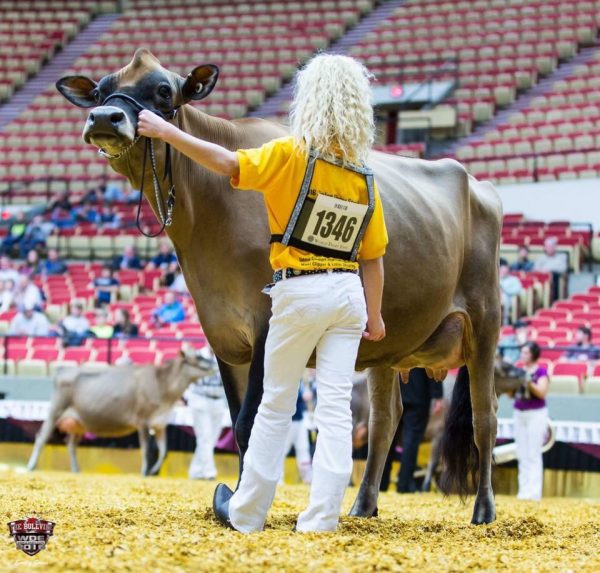
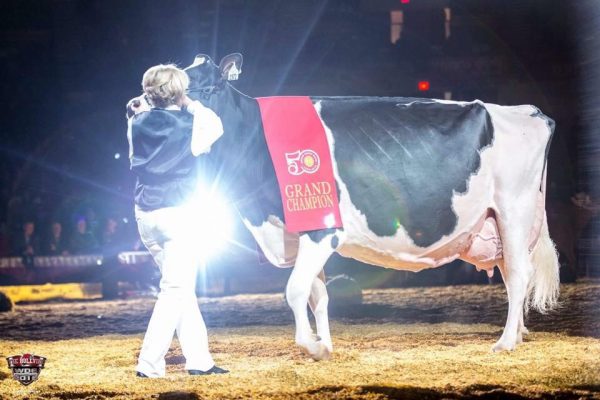
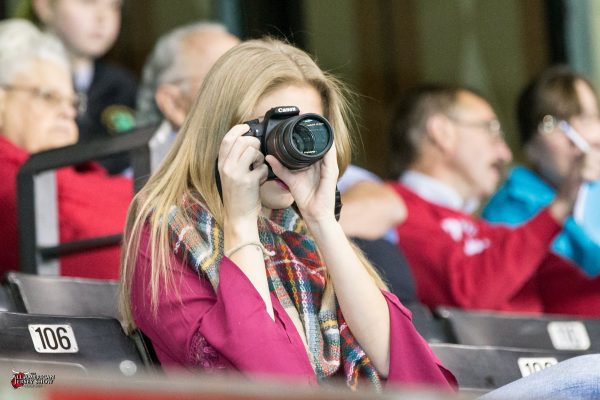
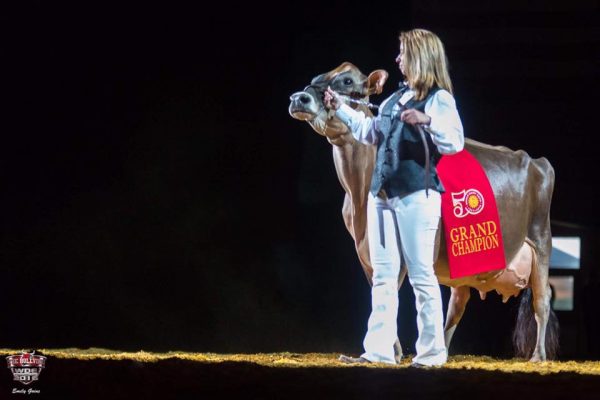
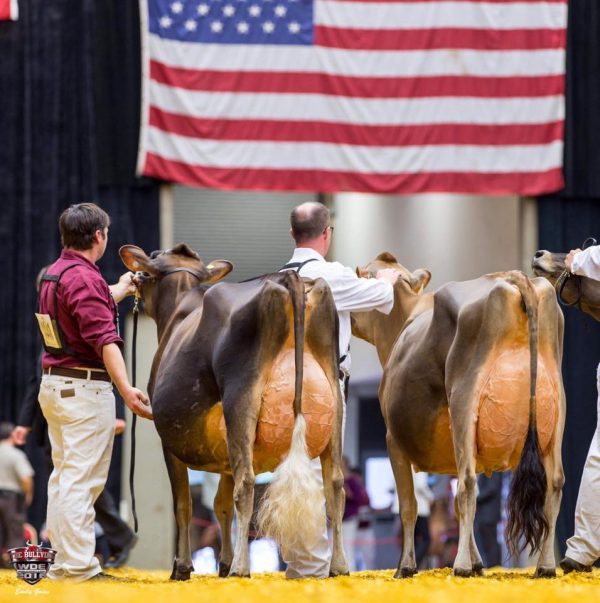
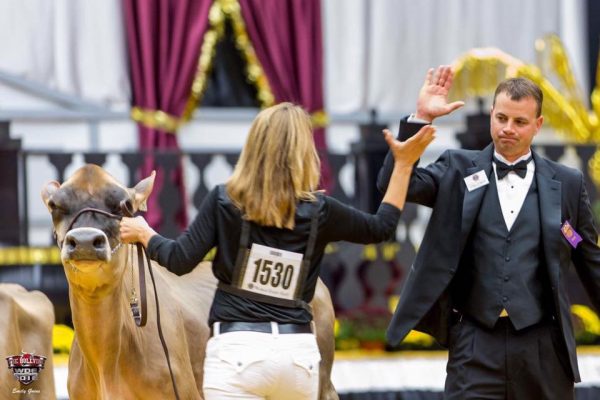

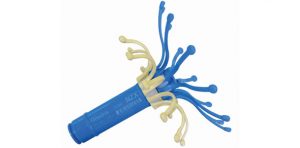 vetMEDRIA SENSOR – Cow Monitoring System is Dedicated to Reliable Real-Time Data
vetMEDRIA SENSOR – Cow Monitoring System is Dedicated to Reliable Real-Time Data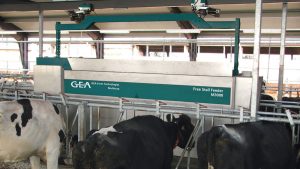 In July of 2016, GEA introduced the Wireless Integrated Control (WIC) system which is an intelligent software for its proven MixFeeder. The new system ensures that every performance group receives the optimal mix ration of raw feed, concentrated feed and minerals in the right volumes at the most appropriate intervals. The WIC delivers the feed precisely and reliably around the clock. This benefits milk producers and herd managers as it ensures that their cows are always performing at their full potential, thereby improving milk volumes and quality and reducing workload and costs.
In July of 2016, GEA introduced the Wireless Integrated Control (WIC) system which is an intelligent software for its proven MixFeeder. The new system ensures that every performance group receives the optimal mix ration of raw feed, concentrated feed and minerals in the right volumes at the most appropriate intervals. The WIC delivers the feed precisely and reliably around the clock. This benefits milk producers and herd managers as it ensures that their cows are always performing at their full potential, thereby improving milk volumes and quality and reducing workload and costs.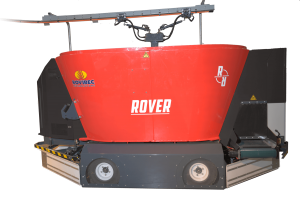 Introducing the Robot Named, “ROVER!”
Introducing the Robot Named, “ROVER!”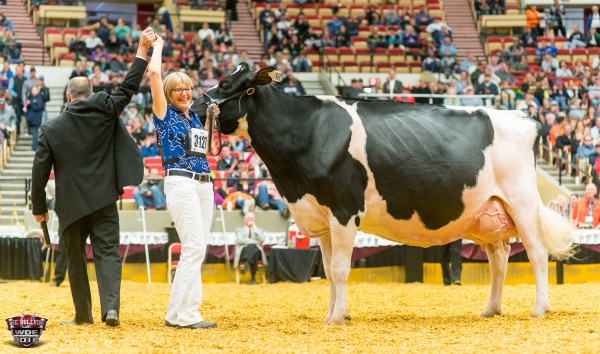

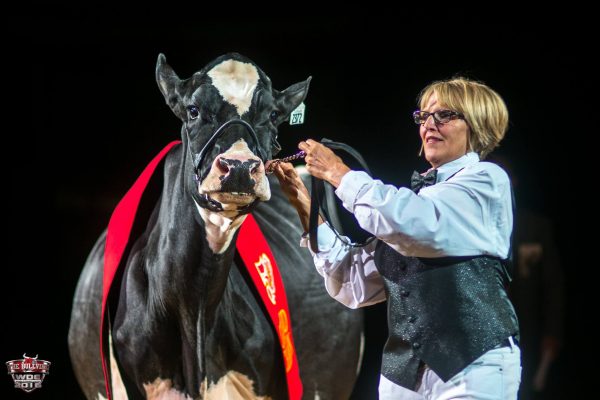
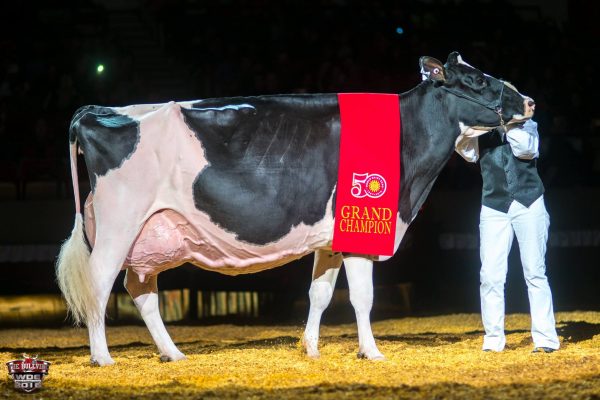
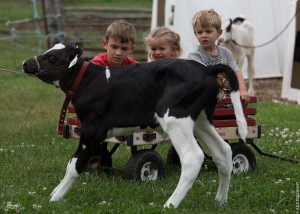 FARM KIDS ON THE HIGHWAY. ARE THEY SAFE or SORRY?
FARM KIDS ON THE HIGHWAY. ARE THEY SAFE or SORRY?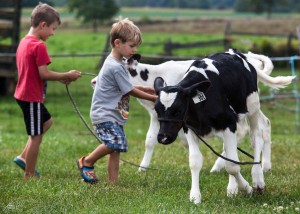 IS MONEY AT THE ROOT OF ALL FARM KID EVIL?
IS MONEY AT THE ROOT OF ALL FARM KID EVIL?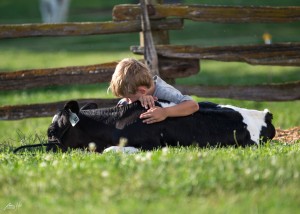 Farm Youth Are Being TARGETED by Animal Rights ACTIVISTS
Farm Youth Are Being TARGETED by Animal Rights ACTIVISTS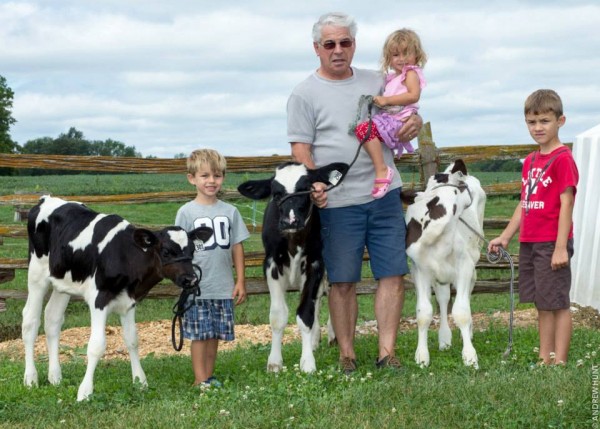
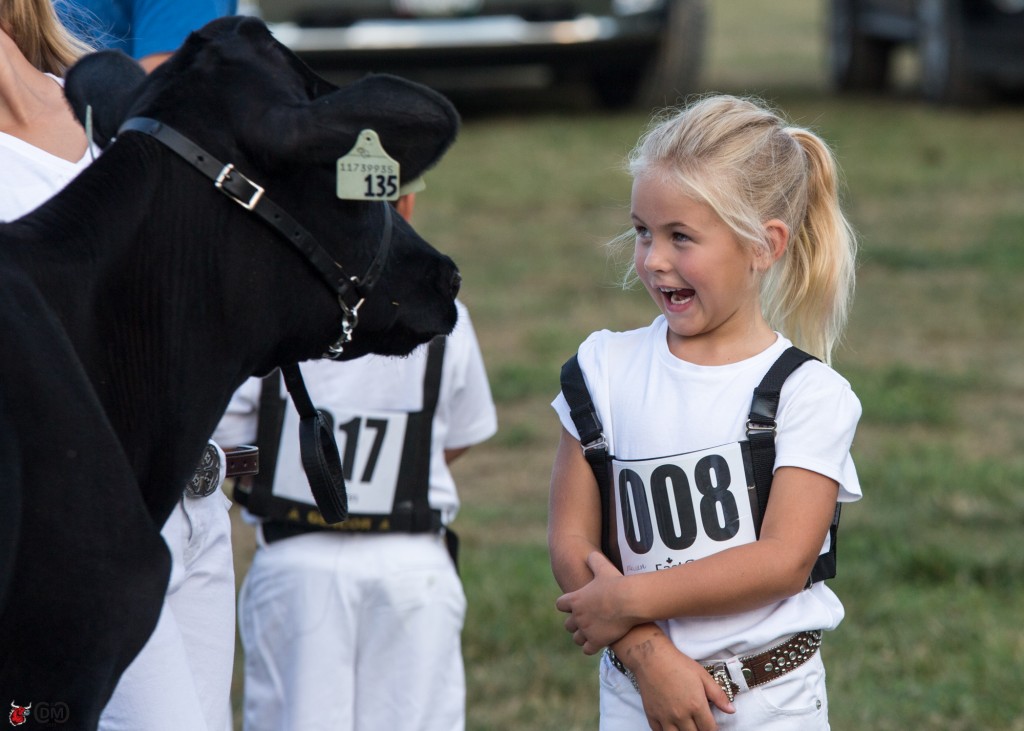
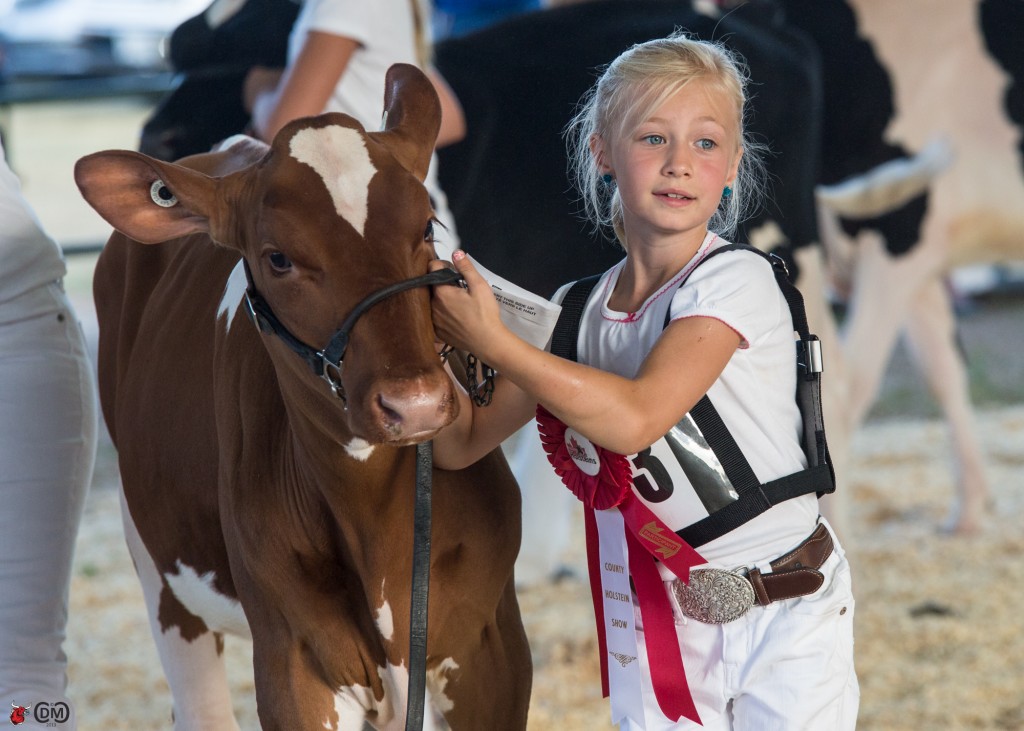
![DSC04112[1]](https://www.thebullvine.com/wp-content/uploads/2016/09/DSC041121-300x200.jpg)
![DSC05399[1]](https://www.thebullvine.com/wp-content/uploads/2016/09/DSC053991-200x300.jpg)
 COMMAND CENTER
COMMAND CENTER CONTROL CENTER
CONTROL CENTER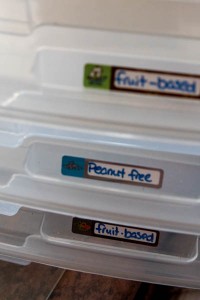 THE LUNCH CENTER
THE LUNCH CENTER